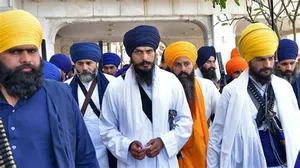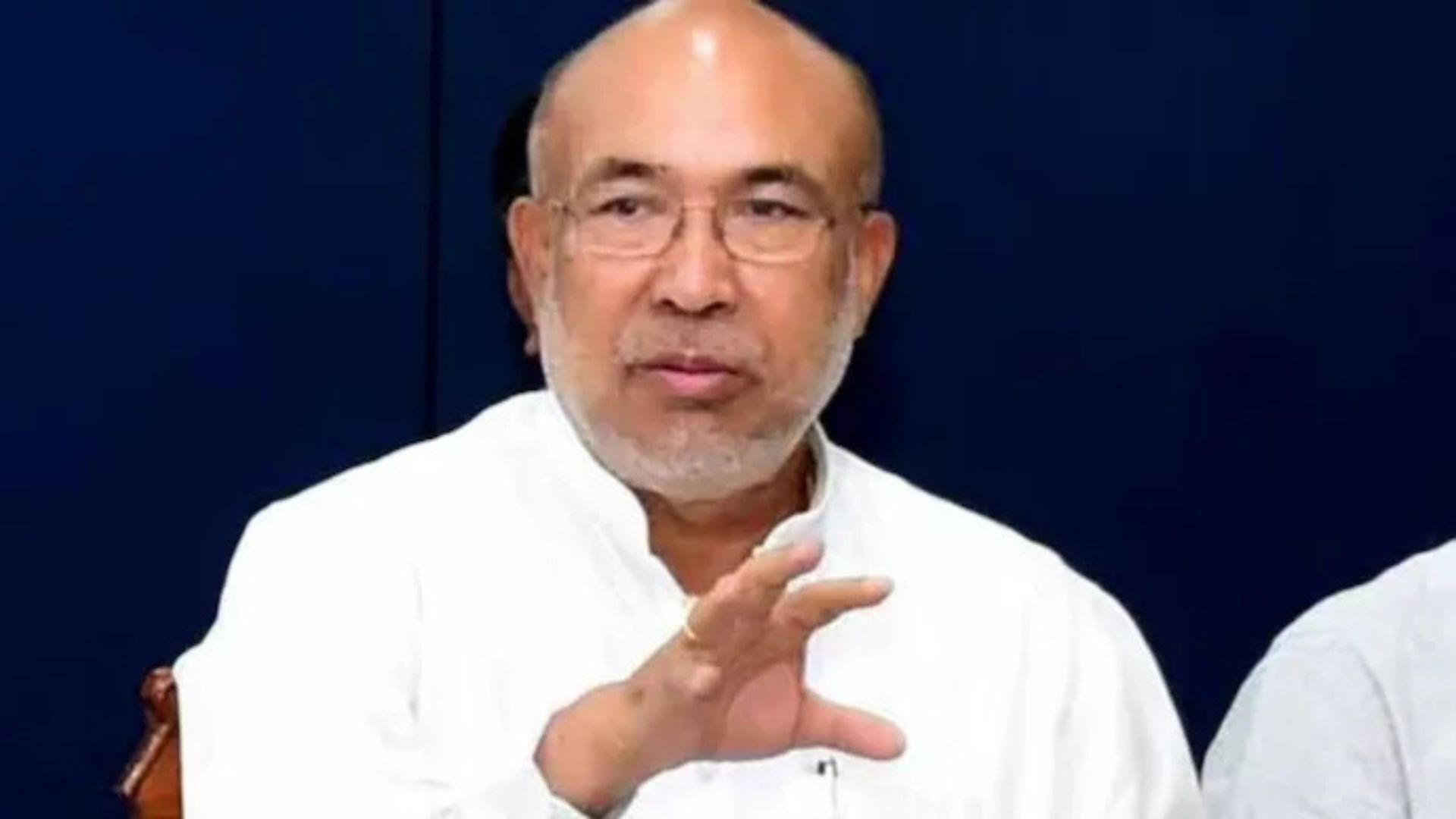
The Khalistan movement has its roots in the 1970s and 1980s, when there was a wave of violence and terrorism in Punjab, which eventually led to the Indira Gandhi government launching a military operation to suppress the movement. Some Sikh groups still believe and seek a “complete closure” of Operation Blue Star and seek justice for the same. Is Khalistan 2.0 the result of “non-closure” of Operation Blue Star?
In recent years, there have been reports of a resurgence of the Khalistani movement in Punjab. Some observers believe that the movement is gaining traction due to a range of factors, including funding and support from Pakistan’s ISI, propaganda spread on social media, and religious issues. In 2020, there were reports of several incidents attributed to Khalistan violence in Punjab. In June of that year, a group of militants attacked a police station in Tarn Taran district, killing one police officer and injuring another. But in the recent one year, there has been spurt in Khalistan-backed violence and incidents like pro-Khalistani slogans shouted at Golden Temple on Operation Blue Star anniversary in June last year. The Ajnala police station loot and arson shall remain a blot on the face of Indian democracy, wherein the law and order system was trampled and mowed on, while the Nero of Punjab was sleeping.
Is it a sheer coincidence that Khalistani separatist activities have further increased after the Aam Aadmi Party (AAP) won the Punjab Assembly elections and formed its government? Questions must be asked to the Bhagwant Mann-led AAP government as why no action was taken for a month when the Ajnala Police station was attacked and Punjab police behaved sheepishly, sleeping in a cocoon. Twitteratis flooded with comments like “Save Punjab before it’s too late. Location: Ajnala police station”, a month ago.
Amritpal has gained media attention at an astonishing rate. He used to run a transportation business in Dubai, where he had been living ever since he was 19. Sensing a void following the death of Deep Sidhu, accused of the Red Fort incident on 26 January 2021, he returned to Punjab.
Dressed as Bhindranwale, he declared, “The Tricolour is not our flag; this flag has done numerous atrocities against us.” He has been on the run for more than three days. Amidst strict National Security Act on five individuals connected to Amritpal Singh, whose uncle and driver turned themselves in as part of a statewide campaign against his “Waris Punjab De” gang, the Punjab Police raised the possibility of “ISI aspect” in the process. It is a well-known fact that Amrit Pal Singh came to Punjab to increase violence, disrupt peace and create chaos. Ajnala was a wakeup call, but why is Punjab police still sleeping?
Interestingly, Macdonald-Laurier Institute, a leading Canadian think-tank based out of Ottawa, released a study on Pakistan’s role in nourishing Khalistani extremism. In “Khalistan: A Project of Pakistan”, veteran journalist Terry Milewski reveals the concept of Khalistan as a project of Pakistan, designed to subvert the national security of both Canada and India. Report further shares how contradictory it is for Sikhs to seek Pakistan support. “The same Pakistan where countless Sikhs were murdered and expelled in the name of Islam. What’s more, while separatist Sikhs complain loudly and properly about the massacre of several thousand Sikhs in 1984, there are no rallies to demand justice for at least a quarter-million Sikhs massacred by Muslims in 1947.”
The report also interviewed Husain Haqqani, the former Pakistani Ambassador to the US, who was blunt in admitting ISI’s role in fanning Khalistan movement globally. Quoting Haqqani, the report said: “Groups like Sikhs for Justice are not willing to forgo Pakistani support.” Haqqani does not see the fixation with “bleeding” India as productive for Pakistan. Nor does he see the Khalistan project as remotely feasible, given the power of the Indian state. As for Canadian Khalistanis, he says, “These people are just being used…there’s no practical way they’re going to get anywhere.” He adds that “Khalistanis in Canada have very little stake in Punjab or India. It’s easy for them to live in a fantasy world–while those who live in Punjab and India live in the real world.”
In the midst of all of this, on Sunday, a group of pro-Khalistan protesters attacked and vandalised the Indian Consulate in San Francisco, while another group of pro-Khalistan protesters grabbed the tricolour flying atop the Indian High Commission in London, while waving separatist Khalistani flags and chanting pro-Khalistani slogans. There have been reports and claims of a revival of the Khalistan movement in recent years, but the extent of its resurgence remains a matter of debate and speculation.
Some supporters of the movement claim that it is gaining momentum, with an increase in the number of people supporting the idea of an independent Khalistan. They point to the emergence of new Khalistani groups and the spread of pro-Khalistan sentiment on social media as evidence of this. However, others argue that the Khalistan movement remains a fringe movement with limited support.
They point out that most Sikhs in Punjab and elsewhere in India do not support the idea of an independent Khalistan and that the movement has failed to gain significant traction in recent years. They also note that the Indian government has been successful in cracking down on Khalistani groups and individuals, which has limited their ability to carry out violent activities.
These are absolutely well-coordinated and well planned executions but on the ground, there is absolutely no support to Khalistan and the Khalistani movement. It is crucial in such circumstances to control individuals like Amritpal. How did the Punjab police respond, though? In response to the Ajnala event, it decided to release Lovepreet. Should we approach secession in this way? The Punjab government must understand that it may be terrible to repeat the errors made under Bhindranwale.

Siddhartha Dave is an alumnus of the United Nations University in Tokyo and a former Lok Sabha Research Fellow. He writes on foreign affairs and security.















